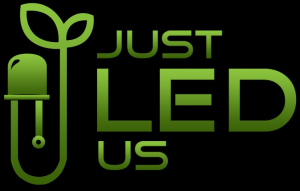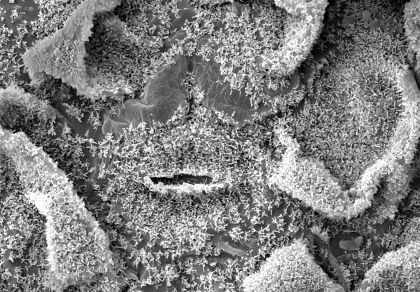
Stomata-C02 Exchange and LED Grow Lights
Stomata-C02 Exchange and LED Grow Lights
Take a deep breath…
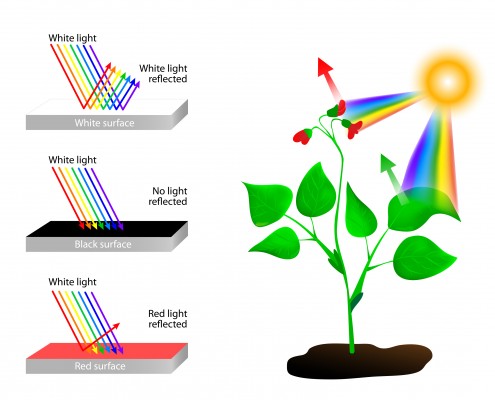
Photoreceptors and Spectral Absorption
A plants development is dependent on the environmental conditions…

A Brief History of LED Grow Lights
Full Spectrum grow lights carry the blue spectrum which stimulates vegetative growth and the yellows, ambers/orange, reds and far-red spectra which stimulates pre-flowering and flowering (reproductive growth). Therefore, virtually all plant life will grow from germination to maturity using JUST LED US LED lights with wavelengths in the ranges of 400 to 730nm that target all four receptors of chlorophyll A and chlorophyll B absorption peaks.
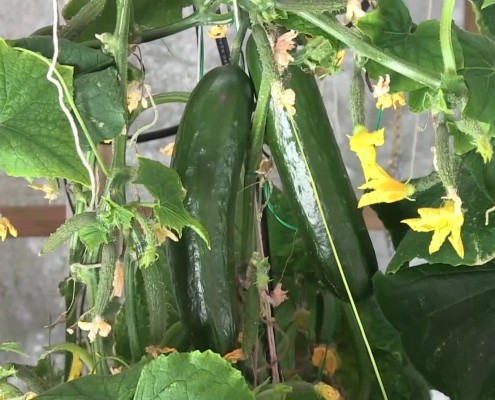
Keeping Your LED Light at a Proper Distance
ance between your full spectrum LED grow light and your plants is important for photosynthesis and growth. Your JUST LED US full Spectrum LED grow lights provide the wavelengths of light your plants need for germinating, growth/vegetation and flowering/fruiting. You should always monitor the distance between the top of the garden canopy and the light source as the light becomes more intense when the garden grows. Increasing the the height of the LED grow light will allow for a constant delivery of intensity to the gardening area.
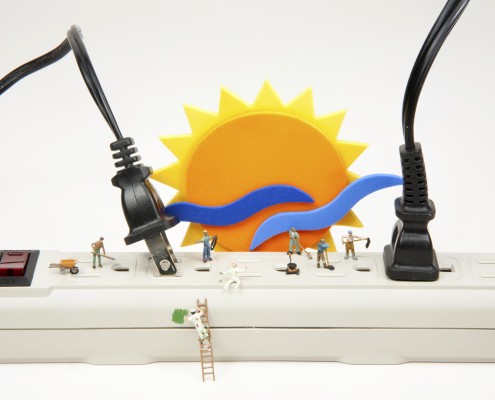
Daily Light Integral
The term Daily Light Integral, or DLI, is used to describe the total quantity of light (PAR) delivered over the course of an entire day. The daily light integral is reported as the number of moles (particles of light) per day.
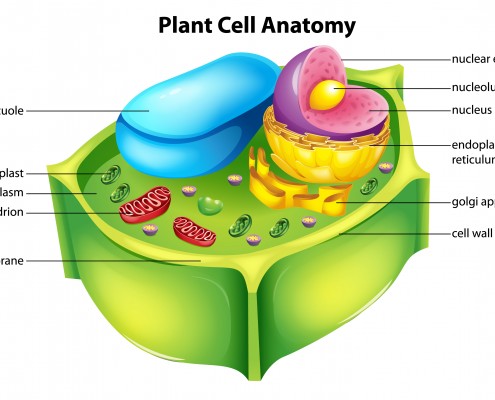
Chlorophyll
Chlorophyll structure reveals the mechanism of its absorption of light, the excitation of its electrons, and its ability to give electrons off to an electron transfer system. The molecules of chlorophyll (C55H70MgN4O6) are large. Instead, they are attached to the membranes of disc-like structures, called chloroplasts, inside the cells.
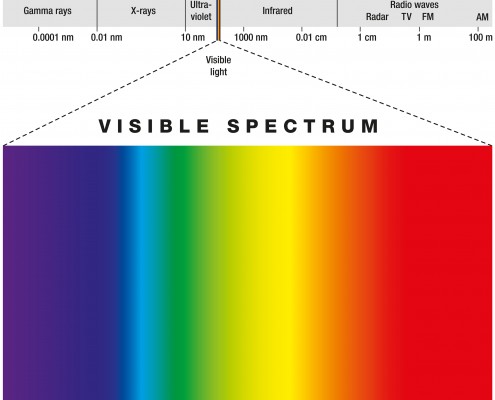
Light is Vital for Photosynthesis
Think of one of your experiences on one of the various Great Lakes or the ocean, all of them have waves. Waves are disturbances, ripples on the water, and they possess a certain height
(amplitude), with a certain number of waves rushing past you every minute (the frequency) and all moving at a characteristic speed across the water (the wave speed). Notice the distance between successive waves? That's called the wavelength. If we assume that the waves are successive or intermittent, we can find a pattern and quite literally speculate at the miracles that are unfolding right in front of our eyes in the visible light spectrum.
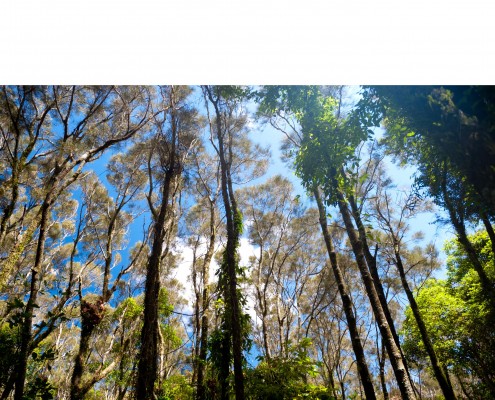
Leaf Area Index
0 Comments
/
What is Leaf Area Index (LAI) and why do researchers interchange values with PAR?" LAI can be determined directly by taking a sample of foliage from a plant canopy, measuring the leaf area per sample plot and dividing it by the plot land surface area. LAI is used to predict photosynthetic primary production, evapotranspiration (evaporation and transpiration) and as a reference tool for crop growth.
 https://justledus.com/wp-content/uploads/2014/10/Depositphotos_6116230_original-e1415587910759-300x248.jpg
248
300
Darryl Nelson
https://justledus.com/wp-content/uploads/2014/11/JLU-logo-revised-300x191.png
Darryl Nelson2014-10-30 02:05:242018-06-06 14:01:40Garden by Night
https://justledus.com/wp-content/uploads/2014/10/Depositphotos_6116230_original-e1415587910759-300x248.jpg
248
300
Darryl Nelson
https://justledus.com/wp-content/uploads/2014/11/JLU-logo-revised-300x191.png
Darryl Nelson2014-10-30 02:05:242018-06-06 14:01:40Garden by Night
The Versatility of LED Grow Lights
There is scientific research being evaluated with respect to warm whites and some people believe that warm whites are better for flowering plants while cool whites are more suitable for green, leafy growth. It is said, when used together, these bulbs are close to the full spectrum light that comes from the sun, but nothing matches the sun, nor is the combination true to the measure of full spectrum LED grow lighting.
Light Emitting Diode grow lights produce a photosynthetic optimum red (640-680 nm) and blue (430-460nm) and they have long life expediencies, and efficiency.
One can extend their understanding of light with the measures of photons outside the ranges of 400-700nm. When we look at 360-740nm (ultraviolet through near infra-red) you begin to see that certain plants do use light outside of PAR, such as far-red light above 700nm which increases photosynthetic efficiency (this is called the Emerson effect) and also for hormone regulation.
